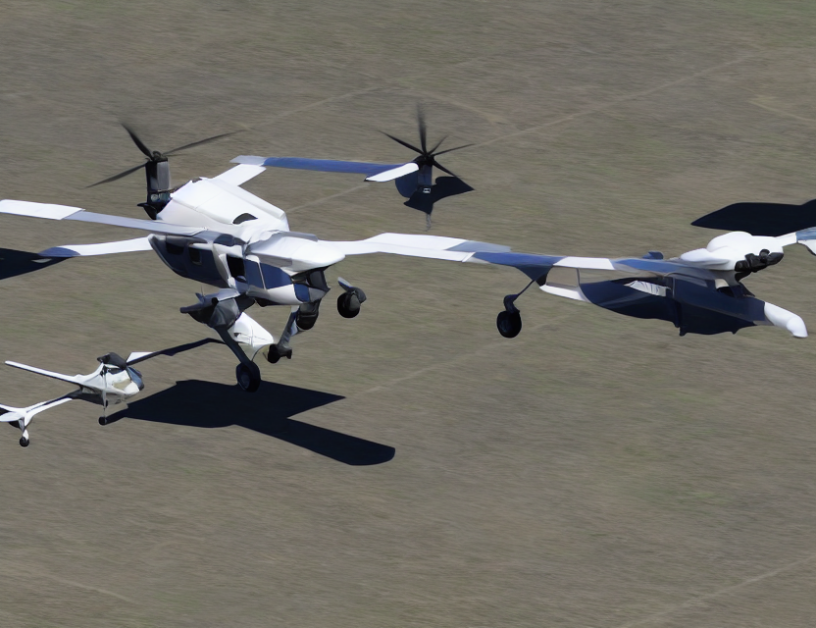In this study, researchers aimed to train a neural network to control a tiltrotor aircraft for hovering and tracking tasks. They used a Multi-Layer Perceptron (MLP) with three hidden layers and Exponential Linear Unit (ELU) activation functions, which produced policy outputs that were then clipped and scaled for the actuators. The training process took 40 minutes on an NVIDIA Isaac parallel environment with 750 million simulator interactions, equivalent to around 87 days of continuous flight in the real world.
The researchers noticed that the policy learned to hover quickly, within 3 minutes, but used its actuators aggressively at first. To address this issue, they adjusted the relative weight of the actuation loss in the total loss function, which helped the policy learn a more balanced behavior. The policy outperformed a classic model-based solution in terms of vertical position error, likely due to a mass mismatch.
To simplify the complex concepts, think of the neural network as a smart assistant that learns how to control an aircraft by practicing on simulated environments. Just like how you might need to adjust your thermostat settings based on your usage habits, the policy learns to fine-tune its behavior based on its experience. The researchers waited until the 40-minute mark to fine-tune the actuators’ usage, giving the policy time to learn a more balanced behavior.
In summary, this study demonstrates how neural networks can be trained to control tiltrotor aircraft for hovering and tracking tasks. By adjusting the relative weight of the actuation loss, the policy learns a more balanced behavior and outperforms traditional model-based solutions in certain aspects. The researchers used an NVIDIA Isaac parallel environment to train the policy, which enabled them to train it quickly without oversimplifying the process.
Optimizing Actuator Usage for Efficient Omnidirectional Flight in Tiltrotor Micro-Aerial Vehicles



